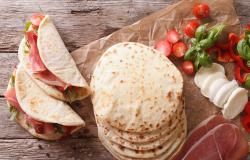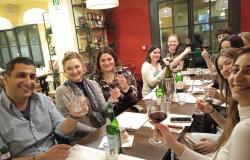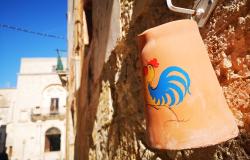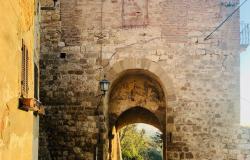MasterChefs of the Renaissance
ITA:
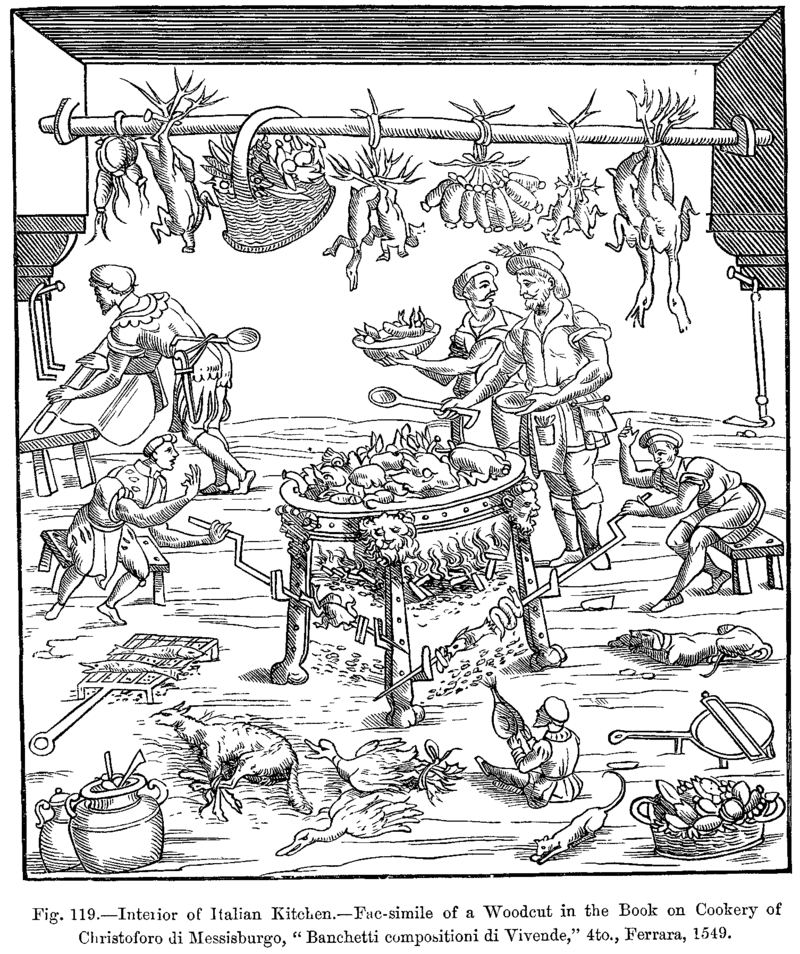
Use player to listen to Italian version
At the sumptuous courts of Italy’s most powerful families of the Renaissance, as well as in the Vatican, hosting sumptuous banquets was a major pastime, used especially as a demonstration of wealth and power. Skilled chefs were in high demand. Two of the most famous from the Renaissance, Bartolomeo Scappi and Cristoforo di Messisbugo, worked respectively for the popes in Rome and for the Este court in Ferrara.
Scappi started his career working for various cardinals, until he was hired to be the chef of the Vatican under Pope Pius IV and V. In 1570, toward the end of his career, he published a monumental cookbook, Opera dell'arte del cucinare, which listed 1,000 recipes of Renaissance cuisine; in it, he also described cooking techniques and tools and how to choose ingredients; he was the first to introduce ingredients coming from newly discovered America. In the book is the first depiction of a fork. Scappi wrote that Parmigiano Reggiano was the best cheese in the world (“il Parmigiano è il migliore di tutti i cacii”). Including numerous recipes of pasta, stuffed pasta, cakes and other pastry-based preparations, his book is a precursor of what will become modern Italian cuisine.
Ferrara-born Cristoforo di Messisbugo was a chef at the court of the Este, but his fame soon went beyond the city; he was often even invited to Mantua, at the court of the Gonzaga, for consulting, while emperor Charles V, fascinated by his craftsmanship, nominated him count. Cristoforo also wrote a cookbook, Banchetti, composizioni di vivande e apparecchio generale, where he described in great detail how to create the perfect banquet and the menus for his official feast at the Este court. Some of his recipes are still made in Ferrara today. Besides listing recipes, he also discusses logistics, decor, and cooking equipment. In the book, we also learn that the best caviar could be eaten at the court of the Este as it came from the Beluga sturgeon from the Po river, which flows near Ferrara.
Nelle sontuose corti rinascimentali delle famiglie più potenti d'Italia, così come in Vaticano, organizzare sfarzosi banchetti era un passatempo importante, usato soprattutto per ostentare la propria ricchezza e il proprio potere. Cuochi esperti erano molto richiesti. Due dei più famosi del Rinascimento, Bartolomeo Scappi e Cristoforo di Messisbugo, lavoravano rispettivamente per i papi a Roma e per la corte estense a Ferrara.
Scappi iniziò la sua carriera al servizio di vari cardinali, fino a quando fu assunto per essere lo chef in Vaticano sotto il pontificato di Pio IV e V. Nel 1570, verso la fine della sua carriera, pubblicò un enorme libro di cucina, Opera dell'arte del cucinare, che elencava 1.000 ricette della cucina rinascimentale; in esso descriveva anche tecniche e strumenti di cottura e spiegava come scegliere gli ingredienti; fu il primo a menzionare i nuovi ingredienti in arrivo dall'America, scoperta di recente. Nel libro c’è la prima rappresentazione di una forchetta. Scappi scrisse che il Parmigiano Reggiano era il miglior formaggio del mondo ("il Parmigiano è il migliore di tutti i caci"). Con le sue numerose ricette di pasta, pasta ripiena, torte e altre preparazioni a base di pasta sfoglia, il libro è considerato un precursore di quella che diventerà la moderna cucina italiana.
Cristoforo di Messisbugo, nato a Ferrara, era uno chef alla corte degli Este, ma la sua fama andò presto oltre la città; fu spesso invitato a Mantova, alla corte dei Gonzaga, per consulenze, mentre l'imperatore Carlo V, affascinato dalla sua maestria, lo nominò conte. Anche Cristoforo scrisse un libro di cucina, Banchetti, composizioni di vivande e apparecchio generale, dove descrive in grande dettaglio come creare il banchetto perfetto e i menu delle feste alla corte estense. Alcune delle sue ricette sono ancora preparate a Ferrara oggi. Oltre a elencare le ricette, Scappi discute anche di logistica, arredamento e attrezzatura da cucina. Nel libro, apprendiamo anche che il miglior caviale poteva essere gustato alla corte degli Este in quanto proveniva dallo storione Beluga del fiume Po, che scorre vicino a Ferrara.

